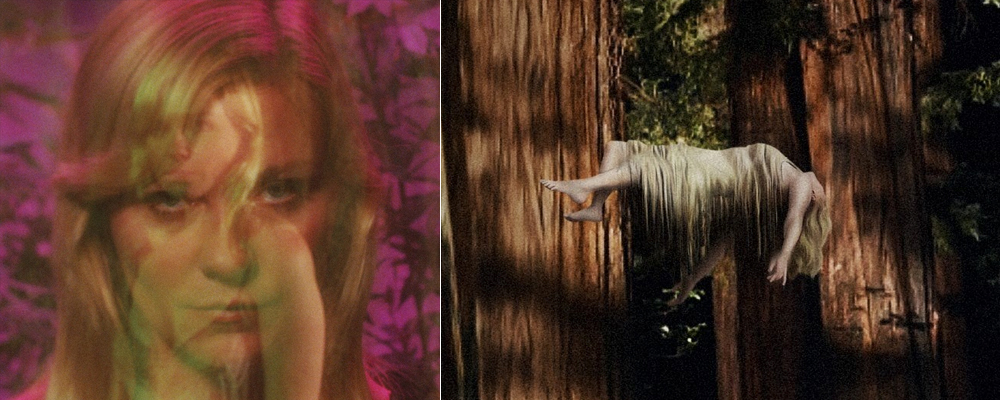Style Prevails Over Story in the Mulleavy Sisters’ Debut ‘Woodshock’
Alex Aronson
As a relatively new studio on the scene, A24 has indeed made an impressionable splash over the past few years. Aside from scoring an Academy Award for their timely profile on homosexuality in “Moonlight,” the edgy company is known for taking bold risks, providing quality works. In every sense of the word, it is a filmmaker’s studio. Among their brief repertoire is, Sofia Coppola’s “The Bling Ring,” Harmony Korine’s “Spring Breakers,” Robert Eggers “The Witch,” and Trey Edward Shults’ “It Comes at Night,” to name a few.
Their latest offering, “Woodshock,” from first-time filmmakers, Kate and Laura Mulleavy, has all the markings of the A24 brand – striking imagery, a remarkable score, and an excellent cast. However, unlike some of A24’s sharper offerings, “Woodshock” suffers greatly from having too much style and very little substance.
In the film, which made its debut at the 2017 Venice Film Festival, Kirsten Dunst stars at Theresa. The opening scene illustrates her expert ability to roll a joint. Peculiarly enough, Theresa seemingly drips an unknown liquid into the marijuana before sealing the papers and handing it off to her ill, bedridden mother. After taking a few drags, her mother sinks into the bed, passing away as her daughter softly caresses her.
Following the death of her mother, Theresa is damaged. Perhaps haunted by her decision to end her mother’s life, she spends much of the time moping around. Although, as the film progresses it quickly becomes apparent that this is just who Theresa is as a character. A broody, rather depressed, lost soul that neither of her romantic interests, Keith (Pilou Asbeaek) and Nick (Joe Cole), can fix.
Occasionally, Theresa leaves the house to go to her job at a marijuana shop. But she soon makes a fatal mistake with her powerful (and deadly) liquid drops, which leads her already fractured emotional state into a constant fret of paranoia.
It is evident that the Mulleavy sisters will go on to have a fascinating and fruitful career. As directors, the sisters provide a uniquely fresh voice. Their sleek visual aesthetic is as captivating as it is colorful. Their untraditional, almost avant-garde, sense of visual storytelling stands firm. As a directing duo, the film serves as a confident and bold introduction.
Adversely, as a writing duo, the sisters have some work to do. There isn’t too much dialogue in the film, as it mostly consists of Theresa roaming around her house, smoking joints, succumbing to hallucinations, and falling deeper into the rabbit hole. Although Dunst plays the role just fine, nothing about her performance is too commendable. Simply put, she isn’t given much to do. In one scene, her character examines the design carved into a glass vase, and watches the way the rainbow light bounces off of the curves. The viewer and Dunst literally look at a vase for several minutes. Not exactly compelling storytelling.
The centerpiece of the film is undoubtedly the visuals. The spellbinding and hypnotic camera movement superimposes attractive lighting cues. But it’s not enough to warrant the movie as an enthralling watch – leaving a rather dull impression if any at all. Perhaps if the viewer were to take the same mind-altering drugs Dunst relies on during the film, it would be a more pleasing experience.
“Woodshock” opens in select theaters Sept. 22.

